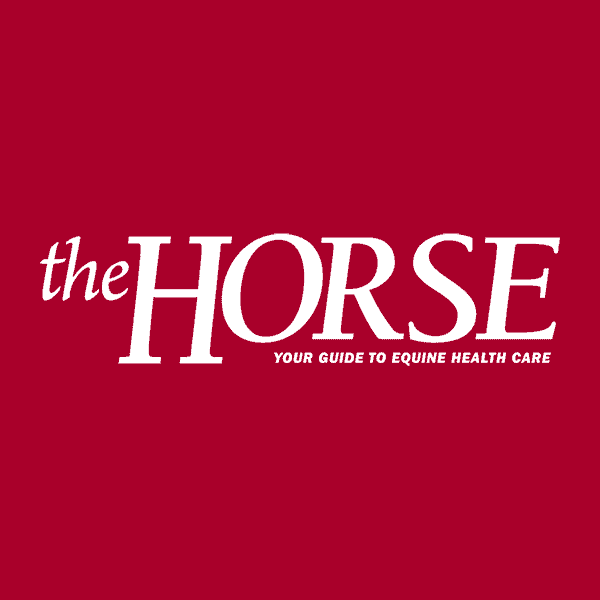Eastern Tent Caterpillar Movement Beginning
Eastern tent caterpillars are still regarded as a primary risk factor in the mare reproductive loss syndromes (MRLS) of 2001, and very preliminary research trials continue to support the recommendation that pregnant mares should not be exposed t
Eastern tent caterpillars are still regarded as a primary risk factor in the mare reproductive loss syndromes (MRLS) of 2001, and very preliminary research trials continue to support the recommendation that pregnant mares should not be exposed to large numbers of these insects. The epidemiological survey of horse farms last year indicated a strong correlation between eastern tent caterpillar infestations and the incidence of MRLS.
Eastern tent caterpillars are starting to complete their development and are beginning to leave trees in search of pupation sites (in preparation for change into the adult or moth). This natural part of their life cycle will continue over the next two weeks. The caterpillars will crawl away from the trees in which they developed and will spin silken cocoons under most any ledge or in crevices. During this time they may move several hundred feet from the trees in which they were feeding. In the case of heavily infested trees that are stripped of their leaves before the caterpillars have finished feeding, there will be dispersal to find trees on which to complete their development.
Wandering eastern tent caterpillars may accumulate on suitable trees, fence posts, and barn walls. Accumulations of these caterpillars should be destroyed to prevent pregnant mares from being exposed to them. Concentrations on fences can be brushed into buckets of soapy water.
Inspect fence row trees regularly for tents. Pole pruners or saws can be used to drop the nests, which can be bagged and discarded. This should be done during the middle of the day – 10 am to 2 pm when most of the caterpillars are in or on the nest
Create a free account with TheHorse.com to view this content.
TheHorse.com is home to thousands of free articles about horse health care. In order to access some of our exclusive free content, you must be signed into TheHorse.com.
Start your free account today!
Already have an account?
and continue reading.

Written by:
The Horse Staff
Related Articles
Stay on top of the most recent Horse Health news with



















